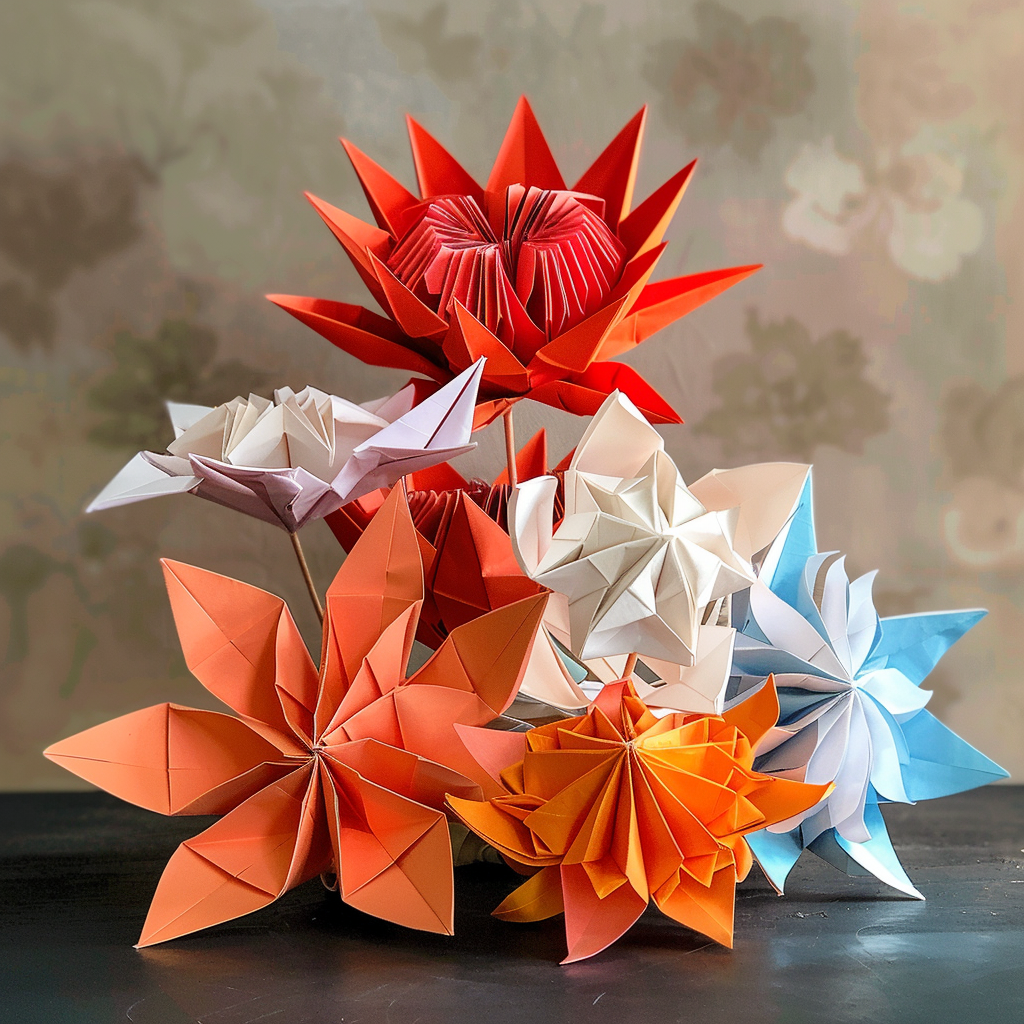The world of origami goes beyond just a simple sheet of paper. The perfect paper choice can elevate your creations, making folds sharper, details more intricate, and the final product truly stunning. But with so many paper options available, choosing the right one can be overwhelming. Fear not, aspiring origami artist! This guide will delve into the different paper types and their ideal characteristics for various origami projects.
The Essential Qualities:
Before exploring specific paper types, let’s understand the key characteristics that make paper ideal for origami:
- Thinness: Thinner paper allows for tighter folds, resulting in sharper creases and more intricate details. However, it shouldn’t be so thin that it tears easily.
- Strength: The paper needs to be strong enough to withstand repeated folding without ripping. This ensures your origami creation maintains its form.
- Crispness: Good quality paper folds cleanly and holds its shape without sagging or curling. This allows for precise folding and clean lines in your final product.
The Origami Paper Arsenal:
Now, let’s explore some popular paper types for origami and their strengths:
- Kami: The undisputed champion! Kami, meaning “paper” in Japanese, is specifically designed for origami. It comes in a variety of thicknesses (typically 60-70gsm) and vibrant colors, offering a perfect balance of thinness, strength, and crispness. It’s ideal for most origami projects, from beginner-friendly creatures to complex geometric shapes.
- Printer Paper: For beginners, printer paper (around 80gsm) can be a good starting point. It’s thicker and more forgiving than kami, making it easier to learn basic folds. However, expect less defined creases and a higher chance of tearing with intricate models.
- Tissue Paper: This lightweight paper (around 10-15gsm) adds a translucent and ethereal quality to origami creations. It’s perfect for delicate flowers, butterflies, or even large, airy sculptures. Be mindful of its fragility – it tears easily and requires careful handling.
- Foil Paper: This metallic paper adds a unique touch to origami creations, creating eye-catching sculptures with a shiny finish. Experiment with different colors and textures. However, be aware that foil paper can be quite stiff and prone to creases, requiring careful handling.
- Washi Paper: This beautiful Japanese paper, known for its natural fibers and delicate textures, elevates origami to an art form. Washi offers a unique combination of strength and thinness, with subtle variations in texture and color. However, it can be more expensive than other options.
Matching Paper to Project:
Now that you know the paper types, here’s how to choose the right one for your project:
- Skill Level: As a beginner, prioritize ease of folding. Start with thicker paper like printer paper or a slightly thicker kami (70gsm). As your skills progress, graduate to thinner and stronger kami for more intricate models.
- Desired Effect: For vibrant colors and crisp folds, choose kami or dyed origami paper. For a natural look, consider recycled paper or undyed Washi. For a translucent effect, use tissue paper.
- Project Complexity: Simple models can be made from most paper types. However, for intricate designs with many folds, choose thin and strong paper like kami or Washi.
Unfold Your Creative Potential:
With a diverse range of paper types available, the possibilities for origami are endless. Experiment, explore different papers, and discover what works best for you. Remember, the perfect paper is the one that allows you to express your creativity and bring your origami ideas to life! Happy folding!

